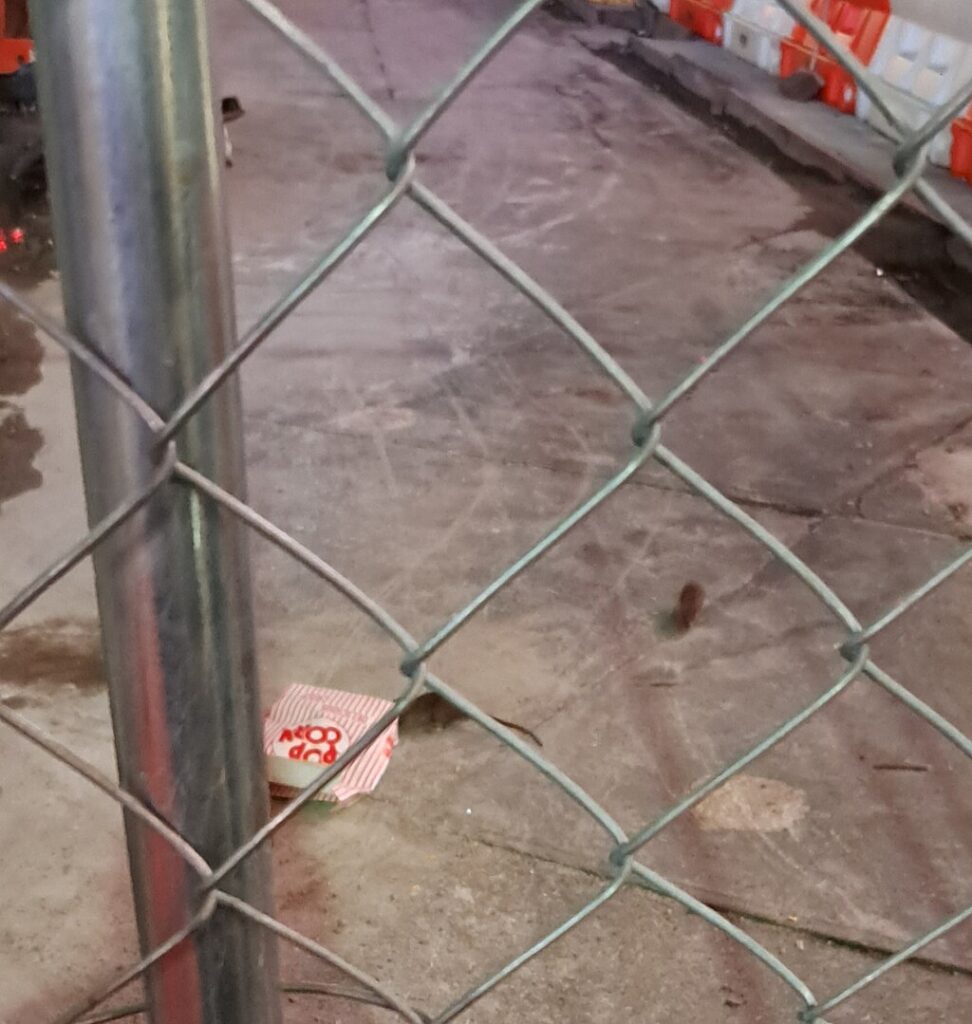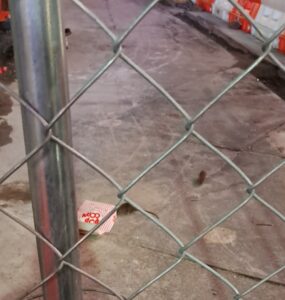Rats are thriving in warming, expanding cities, with rising populations linked to climate change, posing risks to health and infrastructure.

Between rain-spines
and brick-hollows,
they move unseen –
a seam unpicking,
stitched through
gutter-voids and
bone-marked stone.
Heat lingers
in pavement creases,
its slow hand
unlocking doors
left ajar for
famine-bodies –
the night’s ruinous kiss.
Above,
the glass-clad towers
hoard their glinting wreckage,
while below
in rootless corners
hunger turns its face,
pressing into fault-lines
we will not see.

This poem is inspired by recent research, which has found that urban rat populations are increasing in most major cities – driven by climate warming and urbanisation.
Rats have long been part of city life, thriving in the spaces where human activity creates shelter and food. Their presence is more than an inconvenience – urban rats can damage infrastructure, contaminate food supplies, and spread disease. As cities grow denser and warmer due to climate change, the conditions that allow rat populations to flourish are shifting in ways that are not yet fully understood. Understanding these trends is critical, as rising rat numbers could pose increasing risks to public health and urban infrastructure.
This research examined rat population trends in 16 cities worldwide, using public complaints and inspection records to track changes over time. In most cities, rat numbers were rising, particularly in those experiencing higher temperatures and greater urbanisation. Washington D.C., New York, and Amsterdam were among those with the most significant increases, while only three cities showed declines. The findings suggest that climate change and expanding urban populations are extending rats’ active seasons and increasing food availability, creating more opportunities for them to thrive. As cities plan for the future, they will need to consider how these biological shifts shape urban management strategies.










